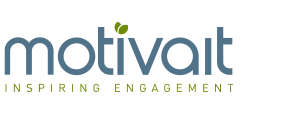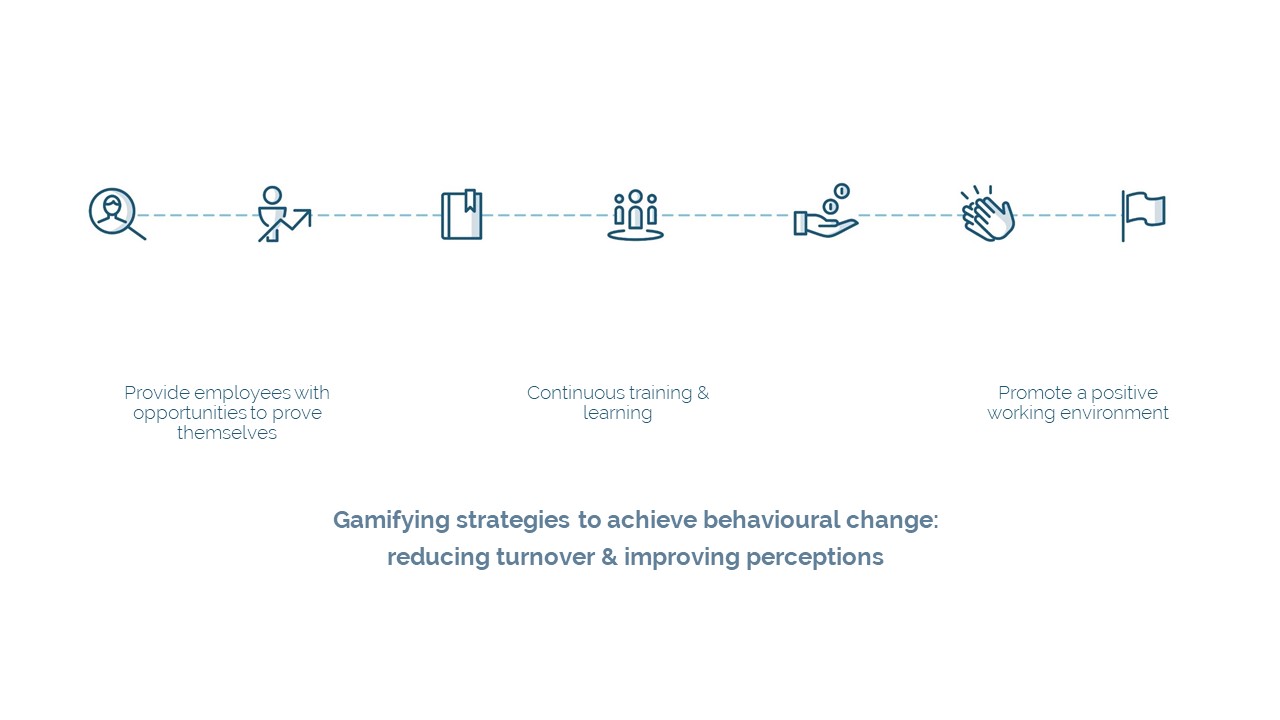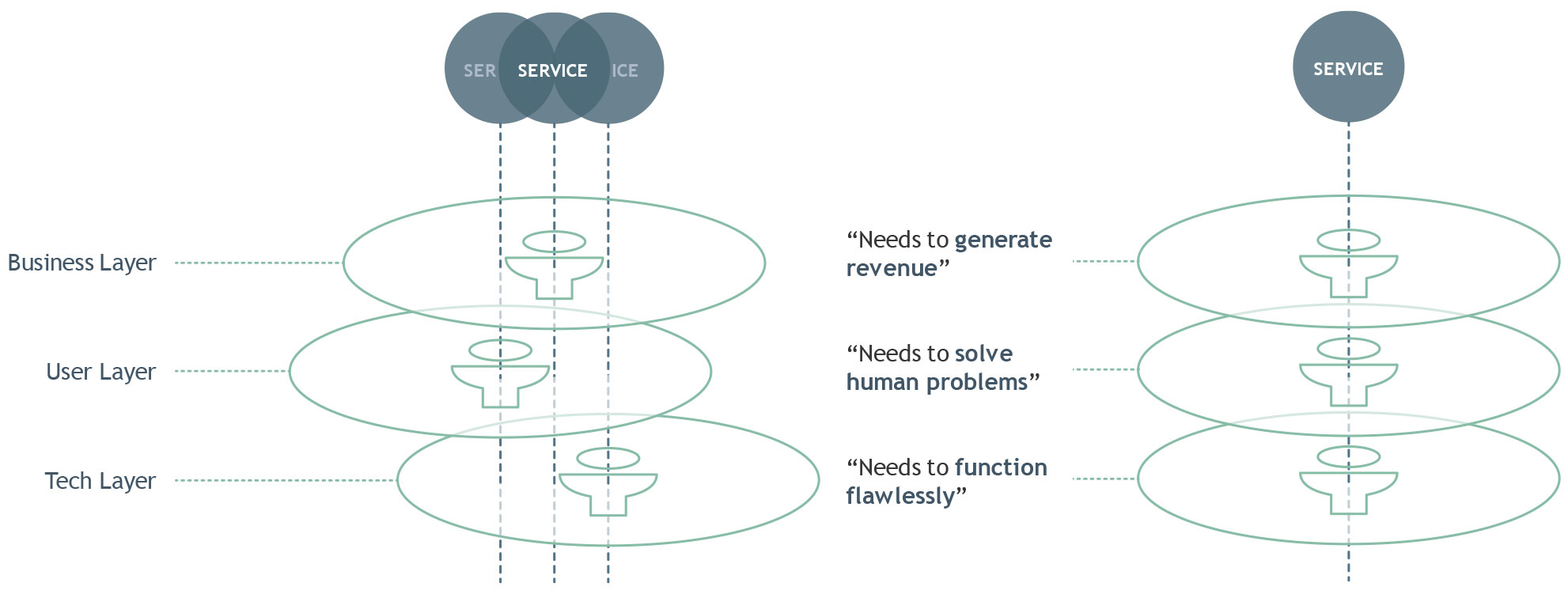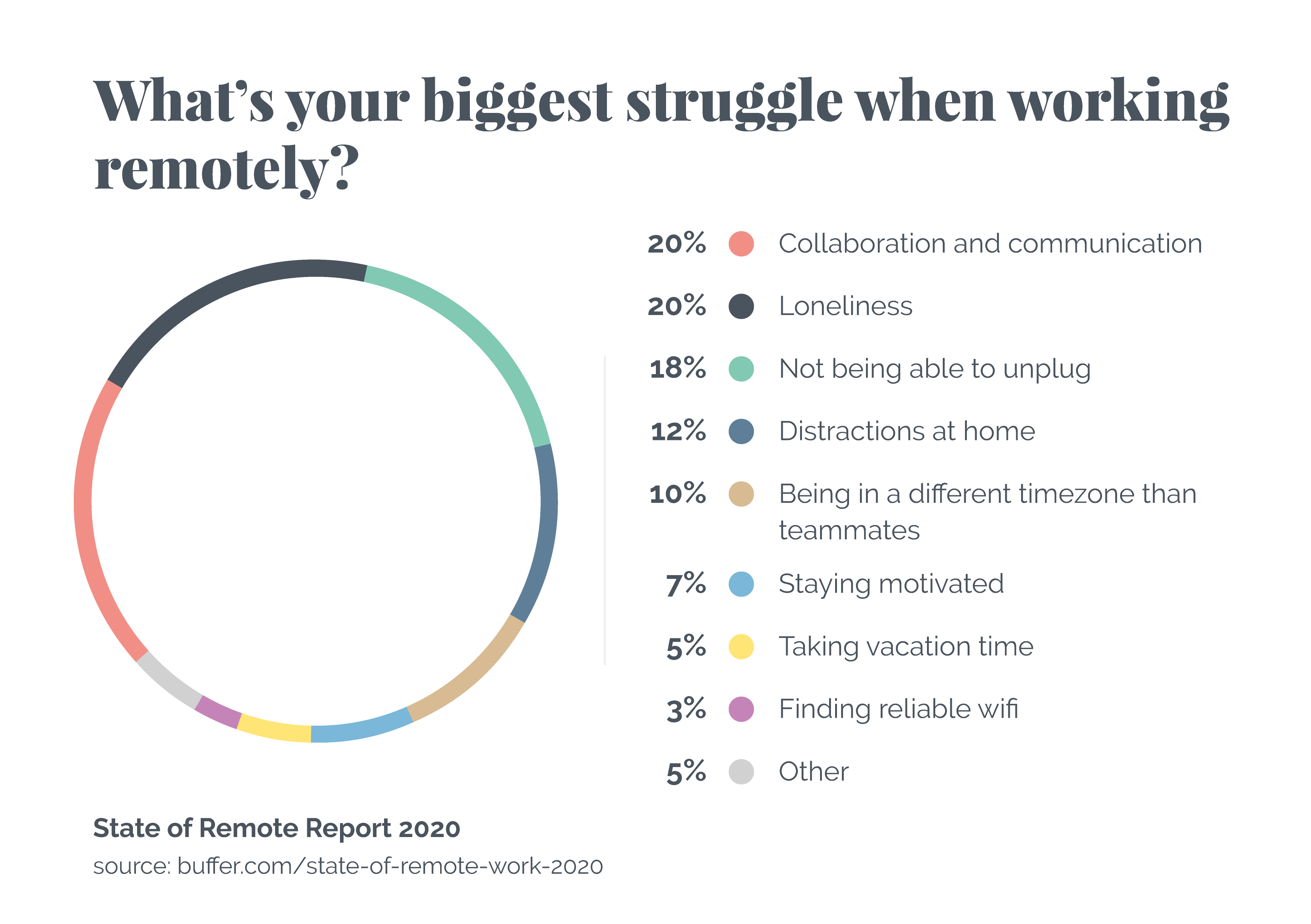Balancing Business Needs & Employee Priorities
What lies ahead? Businesses are having to quickly re-evaluate strategies, objectives, resources and culture as well as develop new policies and approaches. However, what people have recently experienced will also have affected their own values, needs, beliefs and priorities. As a result, there will be a new round of challenges to face in supporting and sustaining an engaged, committed, and productive workforce in what will undoubtedly be difficult business conditions. Check out our session where we discuss how these very human challenges call for empathetic solutions.
In this webinar our team walk through a practical framework for addressing common issues and build a structure to help your business evolve – however and whatever that may look like. What lies ahead is an opportunity to make a real difference by reassessing and improving approaches in the workplace, focussing on people to achieve business success against an uncertain backdrop.
Would you like a copy of the materials used?







